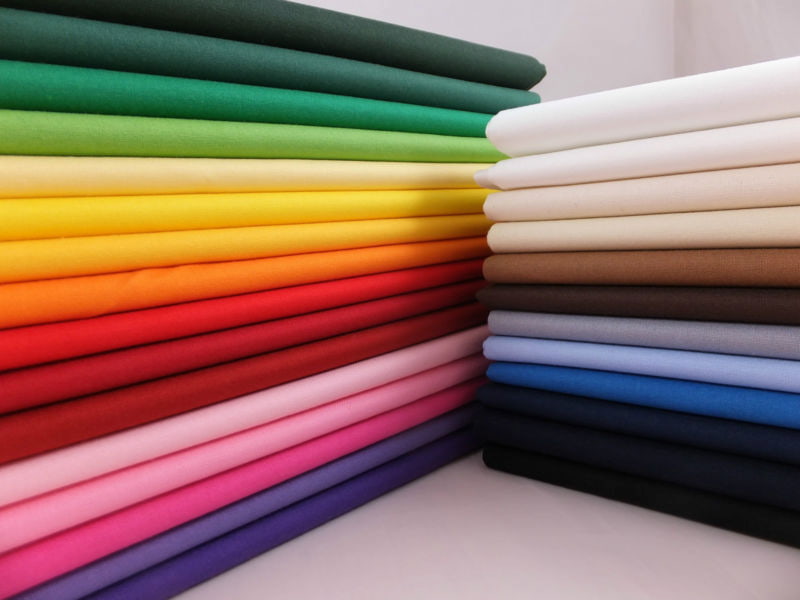Advantages and Disadvantages of Synthetic Fibers
Synthetic fibers are materials created by humans through chemical processes....
Ardakan textile industries of Yazd province in Ardakan city were built on a land of 326 thousand square meters with the investment of Hazrat Seyyed al-Shohada (PBUH) Charitable Medical Organization of Yazd with about 40 thousand square meters of infrastructure. It has three sections: spinning, weaving, dyeing and printing and finishing for the production of all kinds of raw and finished cotton and synthetic fibers. Its first part (spinning hall) started operating in 1375 and gradually other halls were put into operation. Currently, it is producing and operating with 580 personnel in three shifts. Currently, it has spinning departments with an annual capacity of 2900 tons of knitting yarn with an annual capacity of 19 million square meters of raw fabric and dyeing and printing and finishing with an annual capacity of 16.4 million square meters of finished fabric.

All operations that convert textile materials (fibers) into usable thread are called spinning.
Three stages, 1-separation and mixing-2-parallelization-3-stretching.
Three stages, preliminary operation – fundamental operation – supplementary operation.
Sometimes they keep the yarn by wetting and quickly drying it.
Eight steps, 1-remove sweat and other impurities-2-smoothing-3-smoothing-4-stretching-5-polishing-6-combing-7-stretching-8-half swing.